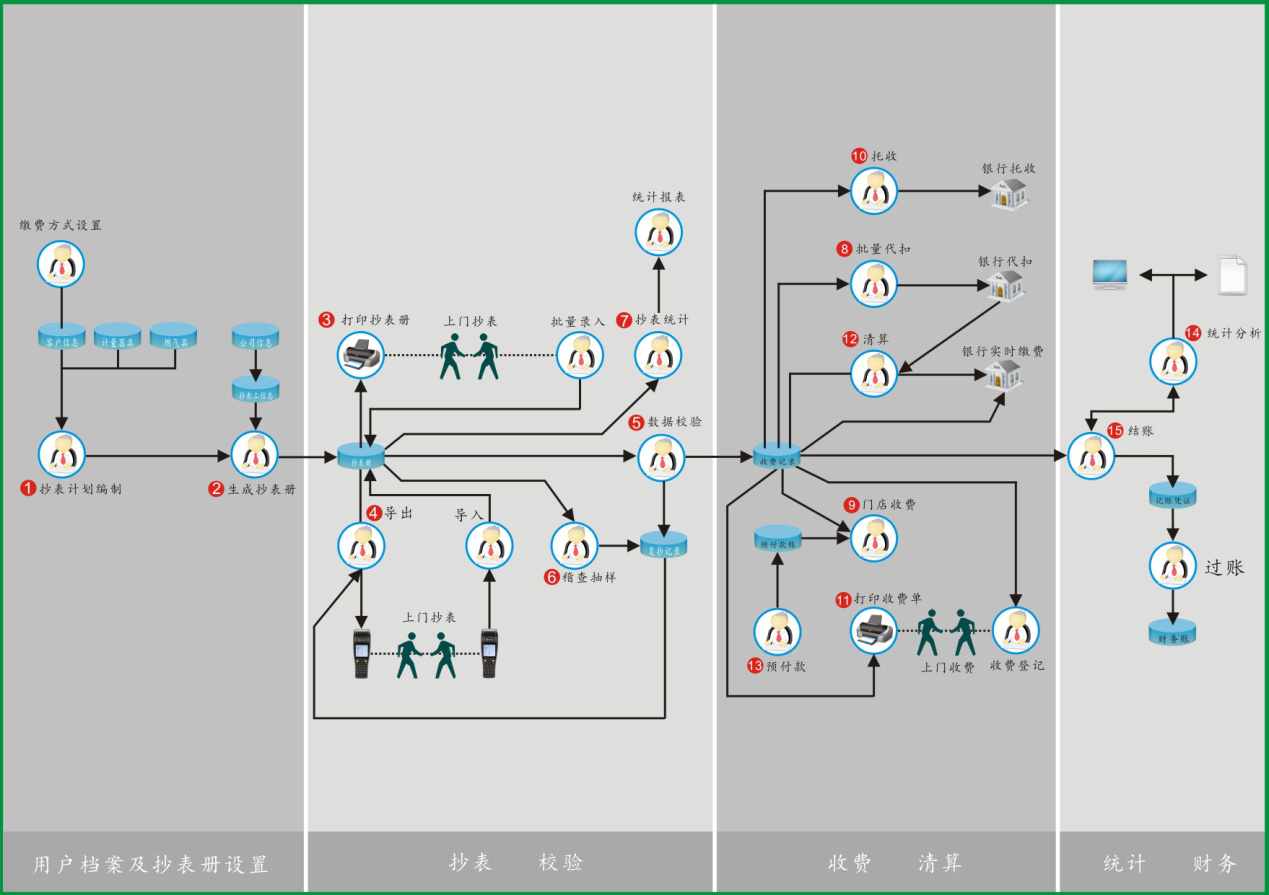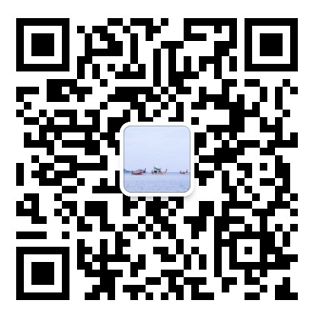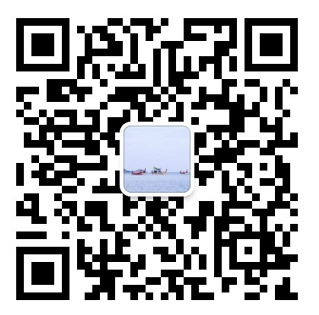"Smart water" is the main direction of future water informatization development, and also the only way for traditional water enterprises to transform, realize scientific management and scientific operation. To achieve "smart water", we must first combine cloud computing, the Internet of Things, big data, mobile Internet and other new generation information technologies with smart water construction.
01. Internet of Things technology
The Internet of Things is an important part of the new generation of information technology, and also an important stage of development in the information age.
The Internet of Things technology is to realize the connection, data collection and remote control of equipment, sensors and monitoring systems in the water system.
Through the Internet of Things technology, various devices and sensors in the water system are connected to the network to achieve real-time data collection and monitoring. These devices can include water quality monitoring instruments, water level sensors, flow meters, etc.
IoT technology provides a variety of communication protocols and technologies, such as WiFi, Bluetooth, Lora, etc., It is used for remote communication between devices.
Take you to understand various Internet of Things protocols of intelligent water.
02. Big data
By introducing big data technology, water enterprises analyze and process a large amount of data generated in the water system to provide insight and decision support.
It can realize the organic combination of traditional structured data management mode and unstructured data management mode, realize effective in-depth analysis of big data and discovery of new knowledge, and provide more powerful decision data for water resource management.
Structured data: Structured data is data stored in the form of tables, with clearly defined fields and relationships. By applying big data technology, data can be cleaned, integrated and stored, and structured data can be managed and queried.
Unstructured data: Unstructured data exists in text, image, audio, video and other formats, without clear structure and relationship. Big data technology can process and manage large-scale structured data.
03. Cloud computing
Cloud computing is a mode of providing computing resources and services through the Internet. It allows users to access and use computer resources through cloud service providers, such as computing power, storage space, databases, etc., Instead of owning and managing their own physical devices and infrastructure.
Cloud computing technology will change the consumption mode and service mode of the traditional water industry. It can realize the transformation from "purchasing software and hardware products" to "providing and purchasing IT services", and self access and use services through the Internet or the group intranet.
1. Resource sharing: Cloud computing uses virtualization technology to divide physical computing resources into multiple virtual resources to improve resource utilization efficiency.
2. Flexible expansion: The cloud computing platform can dynamically adjust the scale of computing resources according to user needs to achieve flexible expansion.

04. Digital twin technology
Digital twinning is a technology that combines physical systems with their digital models. It uses technologies such as sensors, Internet of Things, data analysis and simulation modeling to synchronize and interact real-time data of physical systems with their digital models.
1. Digital twin technology can realize the status monitoring, anomaly detection and predictive analysis of physical systems;
2. Digital pairing technology can simulate and optimize the operation of the physical system in the virtual link, so as to improve efficiency, reduce failures and optimize resource utilization;
3. Digital Twin predicts and diagnoses potential faults and problems by simulating and comparing the data of physical systems, and provides corresponding maintenance and repair suggestions to improve the reliability and repair efficiency of equipment;
4. Design and simulate products and systems to verify and optimize design.
05. BIM Building Information Management
BIM is a 3D building model based on the relevant information data of the construction project. It simulates the real information of the building through digital information simulation. It has eight characteristics: information integrity, information relevance, information consistency, visualization, coordination, simulation, optimization and drawing.
1. Design and planning. BIM technology can integrate the design and planning of water system in the building information model, including the hi and layout of pipe network, sewage treatment facilities, rainwater collection system and other water treatment facilities;
2. Construction and operation and maintenance can be used in the construction and operation and maintenance stage of the smart water application platform to realize the visualization and collaboration of the construction process and improve the construction efficiency and quality;
3. BIM model contains a lot of information about buildings and water systems, such as building properties, pipeline layout, equipment parameters, etc.
06. GIS
GIS is a technology and tool for acquiring, managing, analyzing and displaying geographic data. It combines geospatial information with attribute data, and helps users understand and interpret geographical phenomena, relationships and patterns through spatial analysis and map visualization.
1. Data collection and management: GIS can be used to collect and manage various geographical data. Through data organization, storage and updating, GIS provides reliable geographic data management.
2. Spatial analysis and model building: GIS provides a series of spatial analysis tools and technologies to explore and analyze the relationships, patterns and trends between geographical data. Through spatial analysis, buffer analysis, network analysis, geographical weighted regression, etc. can be carried out to help users understand geographical problems and make decisions.
3. Mapping and visualization: GIS can display geographical data in the form of maps. Through mapping and visualization technology, users can understand and exchange geographical information more intuitively. Maps can include various symbols, annotations, layers, etc., Provide multiple display and interaction modes.
4. Geospatial analysis and decision support: By integrating and analyzing different types of geographical data, GIS can provide information and support for decision makers in land planning, resource management and environmental protection. Through geospatial analysis, users can evaluate the impact of different decision-making schemes, and visualize and simulate the decision-making.





